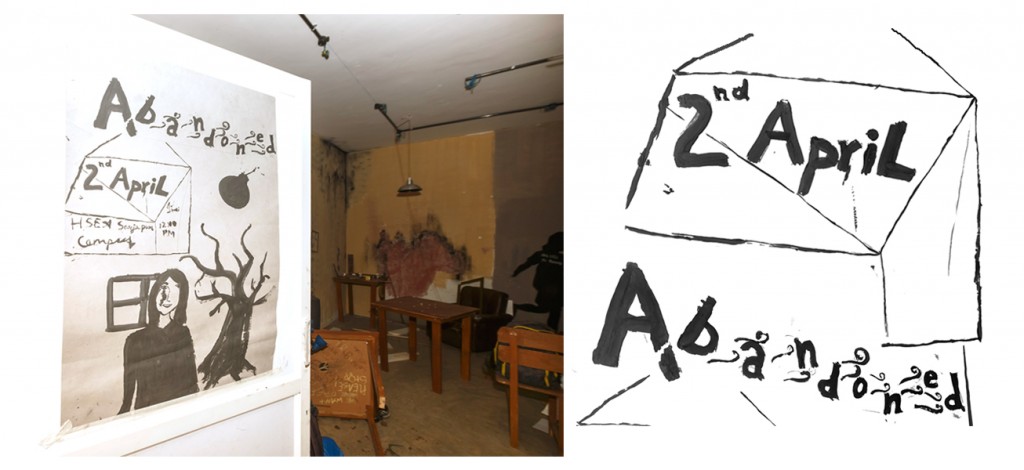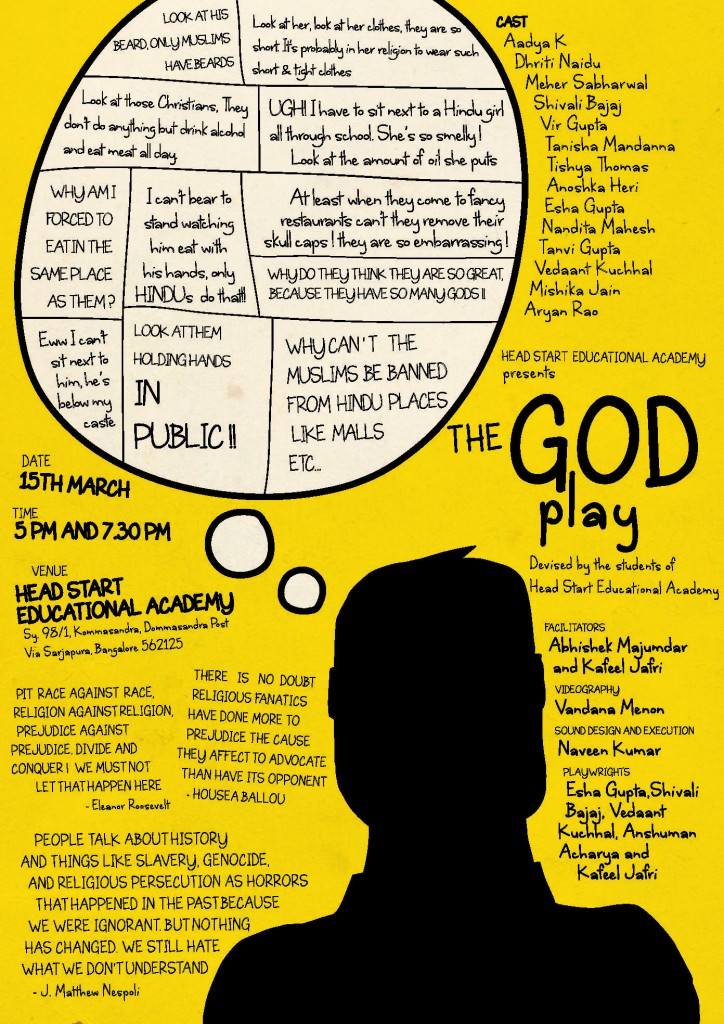BETTER THAN THE REAL
By the students of Grade Eleven
(A play in English based on Slawomir Mrozek’s short story 'The Elephant')
Direction: Samta Shikhar & Ashwini Kumar Chakre
Suitable for an audience above the age of seven
Synopsis
This play encapsulates the nature of human existence and is set in a zoo, where animals are caged for display. Inspired by the story “THE ELEPHANT” by Slawomir Mrozek, it seeks for us to collectively reflect on the structures of existence that we as human beings occupy.
Using the trope of a zoo both comically and metaphorically, the play comments on the very nature of human evolution from animals to humans. We may have evolved from primitive animals to the thinking mind, but as thinking minds are we constantly carrying the burden of our own existence? Have we evolved as animals with bent backs rather than human beings capable of owning our decisions? Keeping this question as its central thrust, the play is entirely devised by our 11th graders, in conversation with the story “The Elephant”.


